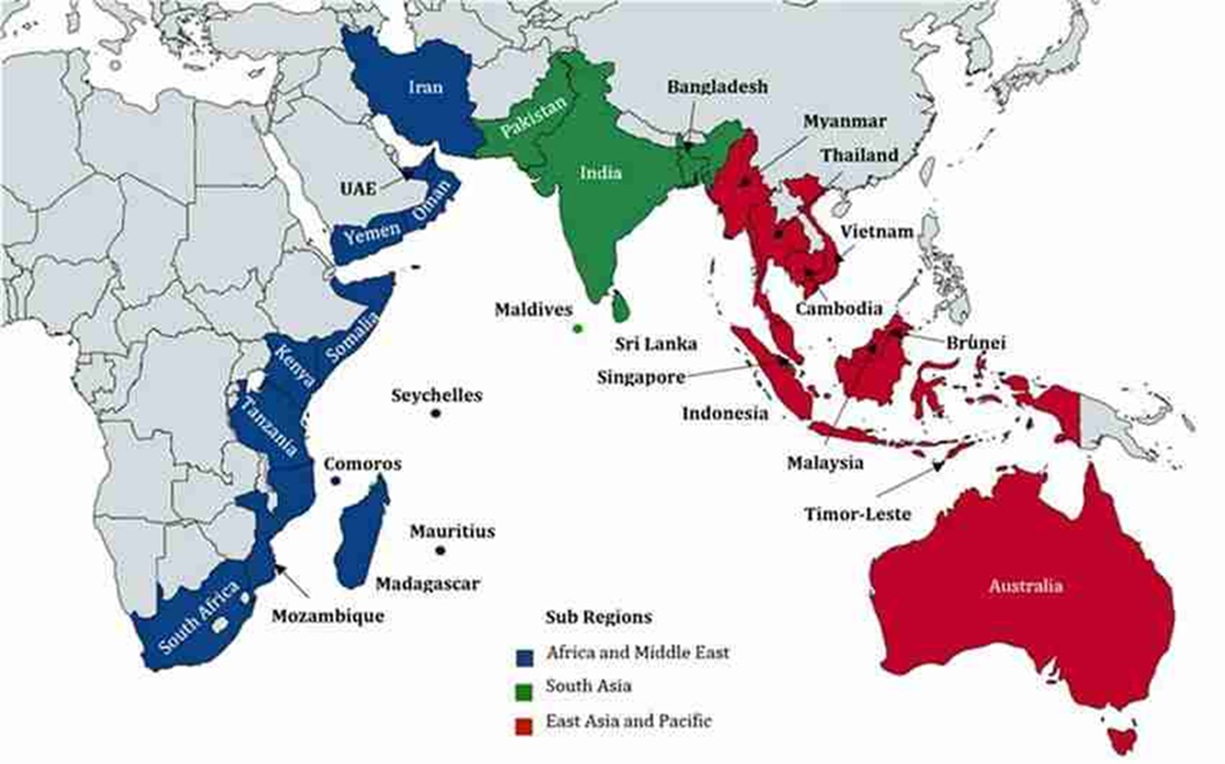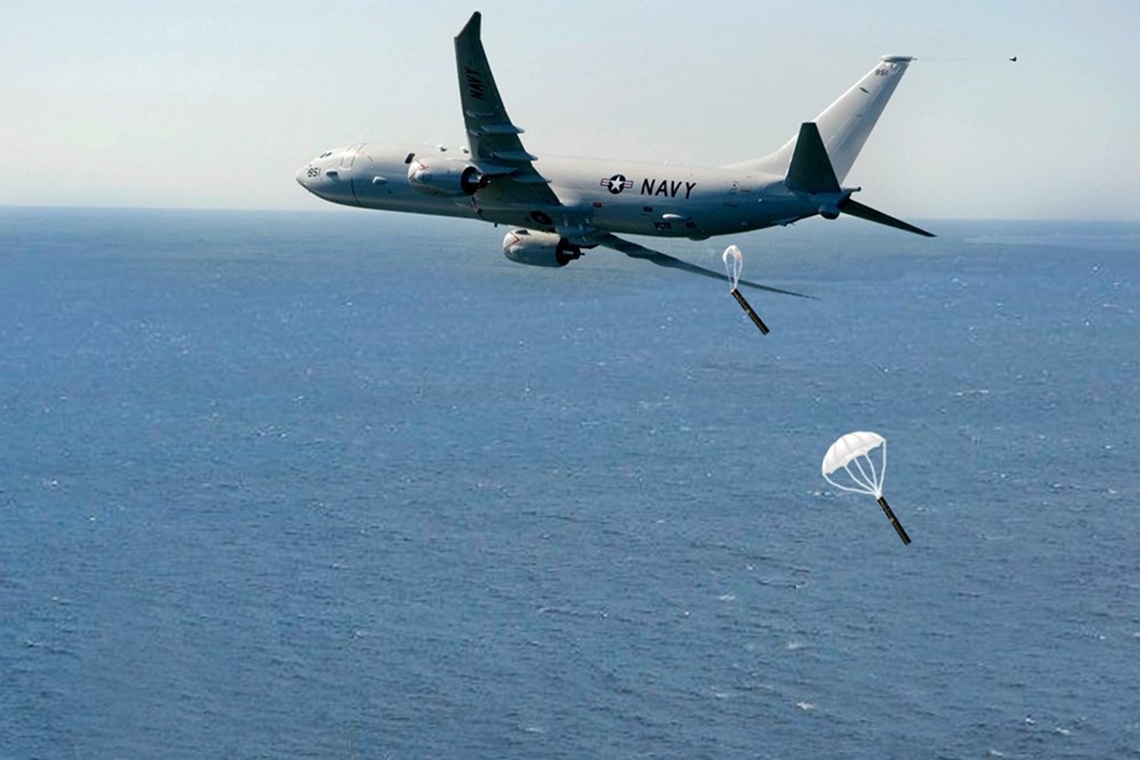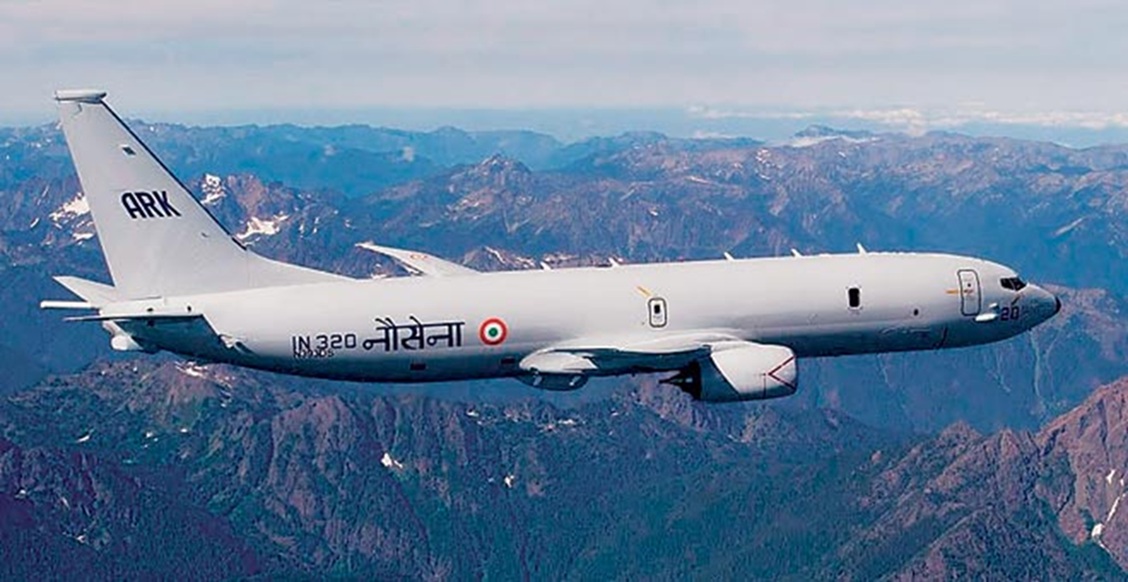Lt Col Nikhil Srivastava has elucidated the windfall for MSME sector post advent of ‘Aatma Nirbhar Bharat’ (Self-Reliant India), the Government-sponsored initiative coined by Prime Minister of India
The defence sector worldwide is undergoing some major structural changes. Dependency on foreign vendors for weapon systems is likely to come down in coming years. Earlier the channels of procurement have been through the Government to Government deals, wherein the foreign vendors used to sell their weapons and systems through embassies. The Government to Government deals helped the foreign vendors to control and tweak the terms and conditions, cost and version of the equipment being procured.
View current geopolitical tensions in the subcontinent, India pursues indigenisation as a solution to tide over the present crisis. This initiative ‘Aatmanirbhar Bharat’ or ‘Self Reliant India’ entails discontinuing abroad procurement and encouraging domestic sourcing in a calibrated manner. This exertion would certainly counter the economic and political blackmail of weapon selling nations.
Times Gone by
Historically the defence manufacturing and research have been the forte of Government-run enterprises in India. DRDO was established in 1958 to carry out research on guided missile systems rather than developing conventional weapon systems. Ordnance Factory Boards (OFB) and Defence PSUs were manufacturing the weapons and systems for Armed Forces.
The OFBs were established by the Europeans in the late eighteenth century. In 1802 the British introduced the Indian Ordnance Factory Service (IOFS). Ordnance factories were under the IOFS and were manufacturing World War II vintage weapons in the 1950s and 1960s.
The Chinese aggression in 1962 was a jolt to the Indian military and political establishment. The downfall against Chinese exposed the shortfalls in the Indian military preparedness. After the year 1962, India went for major arms procurement, of which 90% came from the erstwhile Soviet Union. The dependency created by Soviets during the cold war period was to keep India away from the NATO bloc. Technology transfer to India continued from erstwhile USSR and correspondingly weapons were manufactured under license at PSUs like HAL, BEL and Ordnance factories.
The breaking up of the USSR in 1990 altered the geopolitical and military conundrum across the world. The Soviet Union fragmented to smaller countries and each splinter nation took away the military technology/production centres on their soil. India faced a dilemma in dealing with different countries for the spares and service for the military equipment in use. All treaties with the Soviets became null and void.
The 1999 Kargil conflict emphasised the requirement for indigenisation. The country was found short of ammunition and spares, which were later procured at an exorbitant price. The report of the Kargil committee stresses the need for indigenisation as a permanent solution to overcome national emergencies.
The defence market in India through monopsony did not classically fit into that definition. The nation continued the dependency on the supplier for spares and ammunition which were recurring in nature. Deals for weapon systems were generally worked out between Governments and the cost of the deal depending on diplomatic relations. The cost components of spares, ammunition and royalty milked money from the buyer post-induction of equipment. This eco-system was a money-spinner for foreign vendors.
When the Government to Government deal happens, the weapon buyer is always destined by few conditions imposed by the selling nation on the use of weapons. For example, when the USA sold the F-16s and other weapon systems to Pakistan; it was under the condition that they will not be used against India and any violation would invite sanctions against the future supply of the weapons.
During wars, the extended weapon logistic supply lines failed to satisfy the demand at frontline resulting in operational limitation. India is currently heaving between two hostile neighbours. India had fought six wars since independence. India needs to maintain the superiority of Pakistan as well as to scale up the military hardware to come to terms with the Chinese. This can only be achieved by indigenisation and involvement of the private sector in the defence sector.
Core Objectives of ‘Aatma Nirbhar Bharat’ (Self-Reliant India)
- Facilitate rapid development of new, indigenised, and innovative technologies for the Indian defence and aerospace sector, to meet needs for these sectors in shorter timelines
- Create a culture of engagement with innovative start-ups, to encourage co-creation for defence and aerospace sectors
- Empower a culture of technology co-creation and co-innovation within the defence and aerospace sectors.
Government Initiatives
The key objective of ‘Make in India’ programme is to bring Micro, Small and Medium Enterprises (MSMEs) into the defence supply chain and to boost the self-reliance of the country. The programme also aims at capturing the overseas market for weapons and systems.
As per the ‘Make in India’ programme, MSME will be acquainted with the provisions & avenues introduced by the Government to incentivise MSME, through various events viz. conclaves, workshops, vendor development meets, seminars, exhibitions and on-site visits to the prominent defence sector establishments in the public and private sector.
Following initiatives have been taken, by the Department of Defence Production (DPP) to facilitate investment
- Level Playing Field
Exchange Rate Variation (ERV) protection made applicable for Indian private sector at par with Defence Public Sector Undertakings. The Excise Duty/Customs Duty regime made uniform for all segments of the industry, viz., private sector as well as the public sector.
- Defence Offsets
Provision of a multiplier of 1.5 for MSMEs engaged as Indian Offset Partner (IOP). Provision of multiplier up to 3, for critical technology transfer to DRDO. Foreign companies may indicate their IOPs and components for the discharge of offsets even after the signing of the contract.
- Noncore Items
275 items of Ordnance Factory Board categorized as Non-Core, wherein Armed Forces can source these items directly from vendors.
- Make ‘Procedure’
To promote Design and Development by the vendors, revised and simplified Make-II procedure issued, which provides preferential treatment to MSMEs for prototyping costing up to Rs 3 Crs.
- FDI Policy
In FDI front, FM has announced a Rs 20, 000/- crore package for COVID 19. FDI up to 74% is now allowed under automatic route and above 74% can be done with Government approval. The import of some weapons and platforms will not be allowed. A list of weapons and platforms which will not be allowed for imports is being notified. Every year this list will be increased, as capacities are built.
- Industrial Licensing Policy
Up to 70% of the items i.e. parts, components, subsystems, raw materials etc. removed from the purview of industrial licensing. The initial validity of industrial license increased from 3 years to 15 Yr, further extendable up to 3 Yrs under IDR Act and lifetime validity under Arm’s Act.
Outsourcing and vendor development will be taken up by Defence Public Sector Undertaking’s/Ordnance Factory Board. Comprehensive guidelines issued by Defence Public Sector Undertaking’s/Ordnance Factory Board, which include vendor development for Indigenisation and import substitution.
- Defence Export
List of munition requiring authorization is kept in the public domain to remove ambiguities. The requirement of an end-user certificate to be countersigned/stamped by Government authorities dispensed with for exports of parts, components and sub-systems, etc. Applications are being received online. Standard Operating Procedure (SOP) for the issue of authorization for export put in the public domain. Specific time limit introduced for the issue of authorization.
- Green Channel
Green channel policy promulgated dispensing with the requirement of pre-dispatch inspection and acceptance of stores under supplier “warranty/guarantee to the vendor”.
- Timely Payments
Defense Public Sector Undertaking’s mandated to pay up to 90% of the amount due on the purchase of raw material and stores to vendors, specifically MSME within 30 days. Defence Public Sector Undertaking & Ordnance Factory Board making provisions for an advance of 15% to MSME vendors.
Defence corridors – In UP and TN
In addition to the proposed defence parks, two Defence Industrial Corridors will be set up in the Country, one in Uttar Pradesh and another in Tamil Nadu. Subsequently, six nodes in Uttar Pradesh Defence Corridor viz. Agra, Aligarh, Chitrakoot, Jhansi, Kanpur and Lucknow have been identified. Similarly, for Tamil Nadu Defence Corridor, five nodes viz. Chennai, Coimbatore, Hosur, Salem and Tiruchirappalli have been identified.
Innovations for Defence Excellence (iDEX)
An ecosystem to foster innovation & technology development in Defence and Aerospace by engaging innovators & entrepreneurs to deliver technologically advanced solutions for modernising the Indian Military. iDEX will engage Industries including MSMEs, start-ups, individual innovators, R&D institutes and academia and provide them grants/funding and other support to carry out R&D development which has good potential for future adoption for Indian defence and aerospace needs.
Research & Development
War is a battle of wits and minds. Technology plays a major role in warfare. Leading defence manufacturers across the world are in the run to create weapon technologically superior to the adversary. An ecosystem comprising innovation, research, designing and development is the need of the hour. Multinationals like Lockheed Martin and Dassault Systems have attained such iconic status due to their large investments in R&D. The investment in R&D will always accrue benefits only in the long run.
DRDO labs need to open up their labs for the benefit of private industry. Since the lead time required to set up the R&D facilities is more, the Government can facilitate companies to use the DRDO labs for product development. DRDO can collaborate with the private agencies until the time the private players set up their facilities. Modalities of monitoring projects and manpower allocations can be worked out between the industry and DRDO. Projects can be created and funded by the private industry and the research can be conducted jointly under the technical supervision of DRDO labs. There is also a proposal to set up dedicated testing facilities for the Private sector, wherein 75% of the cost of infrastructure will be borne by the Government.
The readiness of the Private Sector
Though India has the capability, talent and technology to do miracles, the industry and the Government grieve from a mental block. The industry wants more guarantee from the Government. But Government/ defence is sceptical about the quality of product and services being delivered by private players. No industry would wish to invest heavily in infrastructure unless they have an assurance from Government on firm orders with an acceptable number of products to attain break-even.
Many PSUs believe that the private sector is short of supporting the defence. But this is not always true. The Missile Program of DRDO, especially the ground support systems are largely a contribution from the private sector. The collaboration between ISRO and industry was intimate and is a success story. Many items designed by DRDO have been manufactured by private enterprises like TATA and L&T. Many smaller enterprises have contributed to a very large extent in making the missile project operational and successful.
The best way to overcome the present situation is to follow the PPP route. The private sector needs to collaborate with the Government. DRDOs technologies are available at free of cost. The private sector needs to invest much lesser cost if they collaborate and hire the facilities of PSUs and other Government laboratories. The route could be through JVs, MOUs and both the participants can share ownership and profits. Examples of many such collaborations are with ISRO, NHAI etc. Defence industry can always borrow from their book.
Future is Bright
In the next 10 years, there will be a significant surge in India’s defence exports. Till date, defence production in India was undertaken by DPSUs and Indian vendors were only supporting them, whereas foreign vendors were allowed to compete directly with Indian DPSUs. This skewed relationship is being rectified now. As on date, 20% of the orders have been floated directly to the private sector.
Technology developed and designed in India will be given more preference. ToT from foreign companies have restrictions on export. Suo-moto proposals can be projected and will be considered on merit. Many startups with good ideas have been supported by the MoD. As a policy decision, all DRDO patents and technology will be made available to the private sector at zero cost.
Inter-Government treaty was executed with Russia to source spare parts for Russian equipment through JVs between Russian and Indian companies. 400 components identified for the release of RFP. 1600 more components will be added soon.
Way Ahead
Defence production ecosystem envisions a business model comprising partnerships, joint ventures, cluster operations, and so on. It implies developing an ecosystem exclusively for defence production, vendor development, supply chain integrating MSMEs. Currently, India is giving more impetus to innovation and start-ups There is a need to integrate the decision-makers, universities, think tanks, state-owned research facilities with the defence industry.
India has already developed an ecosystem for the automobile Industry. This can be replicated for the benefit of the defence sector. Building a meaningful local presence is no small undertaking. The automobile industry took almost 40 years to reach the current level of competency. The defence industry is currently moving on the right path may take another 15 years to reach a level of reasonable competence.
Title Image Courtesy : https://industrialautomationindia.in
References
https://idex.gov.in/
https://mod.gov.in/defence-procurement-procedure
https://www.drdo.gov.in/
The Himalayan Blunder – Brig J P Dalvi
Defence Procurement Procedure 2016 – Capital Procurement
Disclaimer: The views and opinions expressed by the author do not necessarily reflect the views of the Government of India and Defence Research and Studies








